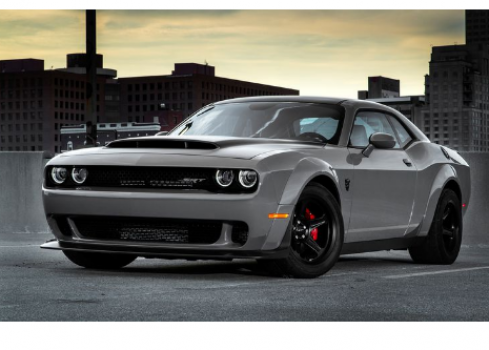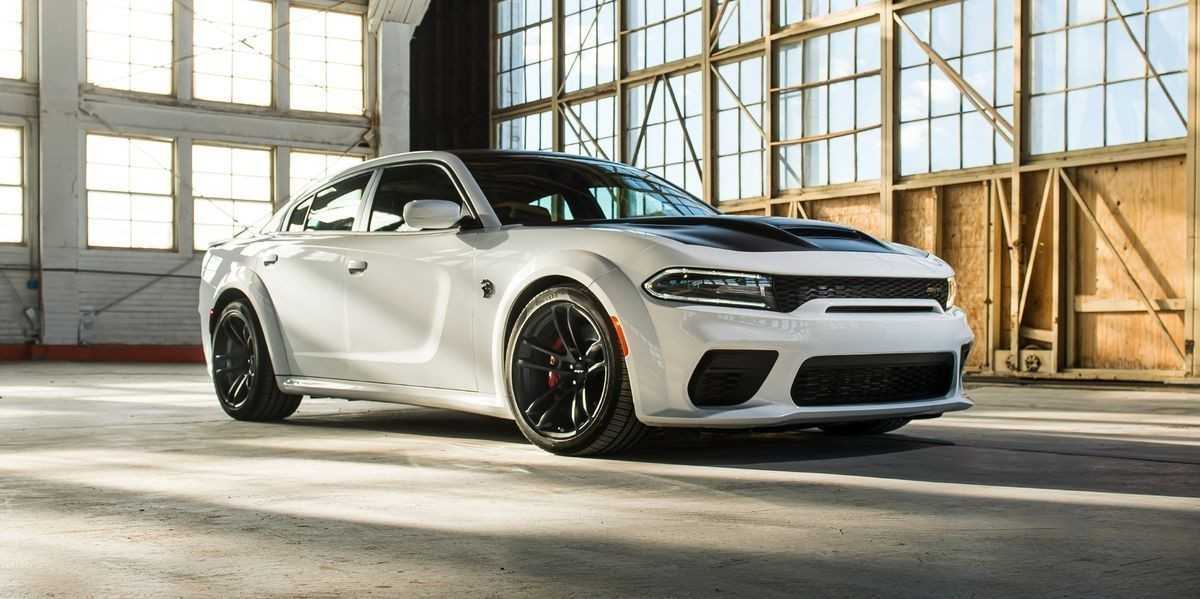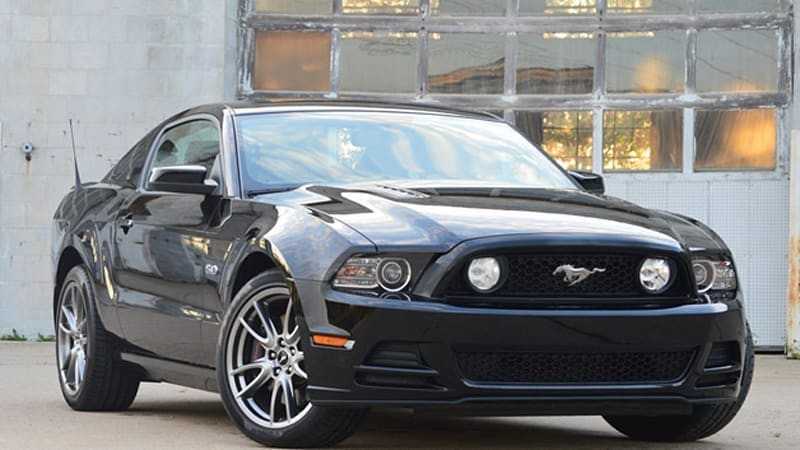Top best Muscle Cars for Sale in Dubai DAMAC Hills
The 1960s and 1970s were one of the most thrilling eras in the auto industry's history, when the market for American muscle cars grew considerably more competitive. They are distinguished for their enormous, obnoxious, and incredibly powerful rubber-burning engines. With a brash and muscular look, muscle vehicles were released by Chevy, AMC, Ford, and Chrysler. We thought it would be amusing to compile a list of the most potent American muscle cars ever since we like them so much.
Dodge challenger SRT demon:
The Dodge Challenger Demon, as its name suggests, is the favourite of muscle aficionados! This revived beast has a single seat, brake dials, gearbox breaks, and the ability to wheelie! It is a mega-powered race monster with an 808 horsepower supercharged 6.2 litre V-8 engine! Wait till you fill it up with 100 octane petrol to crank it up to 840 horsepower if you think this is not enough!

Dodge charger SRT hellcat:
This dodge is believed to be "possessed by the Demon" and is hailed as one of the most intimidating lineups in the hellcat series' history. The Dodge boasts a factory-rated horsepower of 717 and a torque of 656 lb ft, which is already a high amount from the regular hellcat line-up. The 6.2 litre V-8 engine of the hellcat is paired with an eight speed automated gearbox. Dodge, as we all know, cannot be silent for too long. Oh, and the lion's eye on the car's insignia is red!

2014 ford mustang:
When it initially debuted, the Shelby was one of the most potent muscle cars with a 5.2 litre supercharged V-8 and 660 horsepower. Its place on our list is undeniable with its peak speed of 202 mph and 0-60 time of 4 seconds! . Shipped to Shelby American with a 4-speed manual transmission and a 9" live rear axle, the Mustangs also received bigger Ford Galaxie rear drum brakes with metallic linings and Kelsey-Hayes front disc brakes. They also received Tri-Y headers and high-riser manifolds.
The 1965 GT350 wasn't designed to be comfortable or simple to drive. According to SCCA regulations, 34 "GT350R" race-spec vehicles were created particularly for use in competition, and the model won the B-Production category three years in a row. The 1966 GT350 had optional rear seats, more colours, and an automatic transmission, making it more comfortable for casual drivers. The following years saw a continuation of this trend toward more options and amenities, resulting in automobiles become bigger, heavier, and more comfortable but losing a lot of their competitiveness. The 1969 Mustang GT350 and GT500 were mostly cosmetic upgrades to the base model. Carroll Shelby had left the Shelby GT programme by 1969, and Ford handled the design internally.

Cadillac CTS-V:
The CTS-V version of the CTS is a powerful variation of the CTS, and yeah, this Cadillac is just our style. It claims to reach 200 mph and can accelerate from 0 to 60 in under 3.6 seconds. This high-performance drivetrain is a real super sedan with a 6.2 litre V8 engine, 602 horsepower, rear wheel drive, and an eight-speed automated gearbox. From 2003 through 2019, General Motors produced and sold three models of the executive automobile known as the Cadillac CTS. It has historically been priced comparable to small luxury automobiles, but its size has always been near to that of its mid-size competitors. The mid-size luxury automobiles are squarely in competition with the third generation. The second generation CTS, which was initially only offered as a 4-door sedan on the GM Sigma platform, was later made available in three body styles: a 4-door sedan, a 2-door coupe, and a 5-door sport waggon. The third generation, which used a stretched version of the GM Alpha platform, was only offered as a sedan. The smaller CT5, which like the first- and second-generation CTS competes with the BMW 3 Series and Mercedes-Benz C-Class while keeping its 5 Series/E-Class dimensions, is the indirect successor of the third-generation CTS. The exterior of the first-generation CTS was created by Wayne Cherry and Kip Wasenko, introducing a design aesthetic (dubbed "Art and Science") originally seen on the Evoq concept vehicle. Robin Krieg and Bob Boniface created the car.

Jeep grand Cherokee:
The Grand Jeep Cherokee is one of the most potent SUVs in the world and is a somewhat different take on the traditional muscle cars that spring to mind. It has the same horsepower and engine as the hellcats but falls short by a few points due to its 645 lb of torque as opposed to their 650 lb-ft rating. The all-wheel drive technology, which won't waste any power in tyre smoke, is its finest feature. This may not be for you if you're hoping for a burnout. The American Motors Corporation (AMC) began developing the Grand Cherokee in 1983 as a replacement for the smaller Jeep Cherokee (XJ). AMC also hired three outside (non-AMC) designers, Larry Shinoda, Alain Clenet, and Giorgetto Giugiaro, to design and construct a clay model of the Cherokee XJ replacement project, referred to at the time as the "XJC" project. The replacement for the Cherokee, however, already had a basic design in place, and the 1989 Jeep Concept 1 show vehicle had hinted at it. Management at AMC established a business procedure that is now known as product lifecycle management as the company started developing the next Jeep in 1985. (PLM). The smallest American carmaker, according to François Castaing, Vice President for Product Engineering and Development, was seeking for a means to hasten the process of developing new products so that it could compete more effectively with its bigger rivals. Computer-aided design (CAD) software programmes helped the engineers create the XJC by increasing their productivity. Because all designs and documentation were stored in a single database, improved communication methods allowed possible disagreements to be handled more quickly, minimising the need for expensive technical adjustments. The system was so successful that after Chrysler acquired AMC in 1987, it expanded it across the whole company, linking everyone involved in product development.

Conclusion:
The 1968 Plymouth Road Runner and companion Dodge Super Bee were part of a wave that was designed to compete with more expensive, more fashionable, and better-equipped General Motors and Ford vehicles that had come to dominate the market, including the Pontiac GTO (1964), 396 Chevrolet Chevelle (1965), 400 Buick Gran Sport (1965), 400 Oldsmobile 442 (1965), 427 Mercury Comet Cyclone (1964), and 390 Mercury Cyclone (1964). (1966). When the full-sized Chrysler 300L's manufacturing ceased in 1965, the Dodge and Plymouth vehicles also carried on the performance heritage began at Chrysler with that vehicle.



![Top Reasons To Have SEO Plan For Every Dubai Business [2025 Update]](/thumnails/blog/2024/11/1732278589.jpg)















